Support OpenDurham.org
Preserve Durham's History with a Donation to Open Durham Today!
OpenDurham.org is dedicated to preserving and sharing the rich history of our community. Run by our parent nonprofit, Preservation Durham, the site requires routine maintenance and upgrades. We do not ask for support often (and you can check the box to "hide this message" in the future), but today, we're asking you to chip in with a donation toward annual maintenance of the site. Your support allows us to maintain this valuable resource, expand our archives, and keep the history of Durham accessible to everyone.
Every contribution, big or small, makes a difference and makes you a member of Preservation Durham. Help us keep Durham's history alive for future generations.

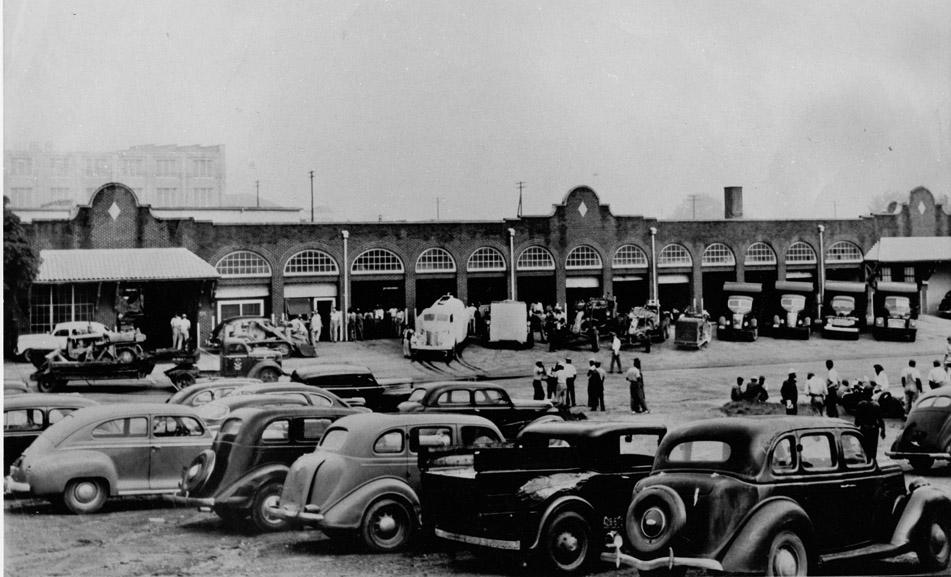
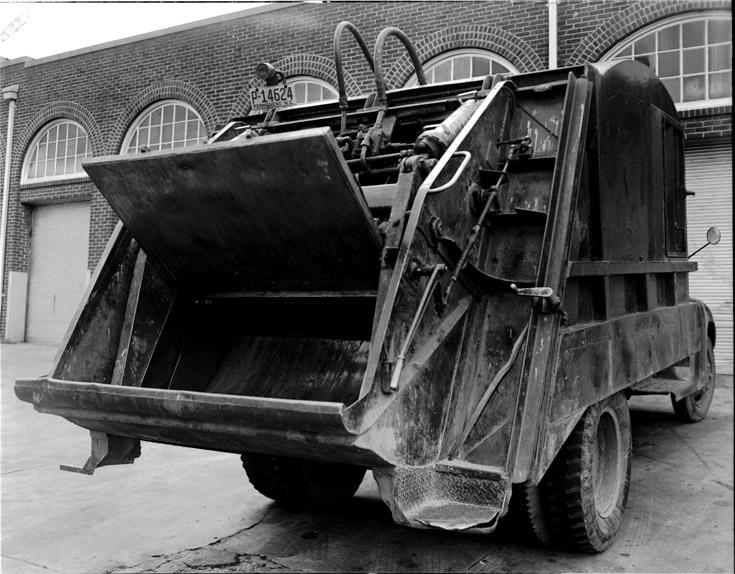
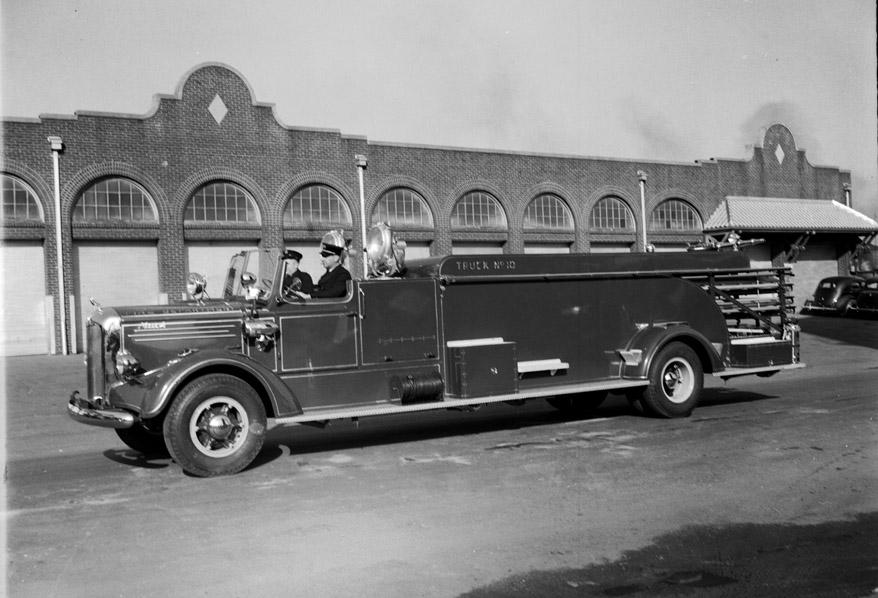
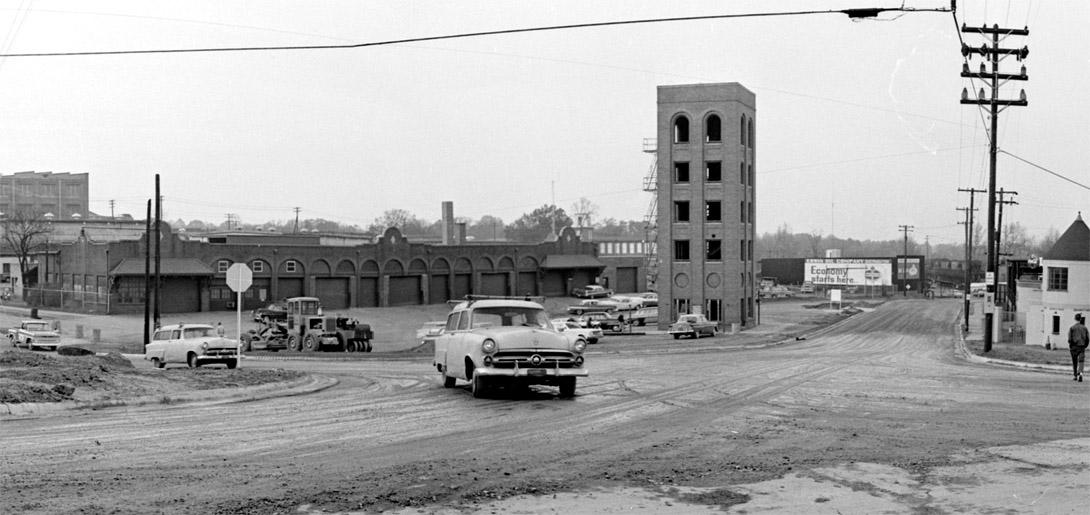
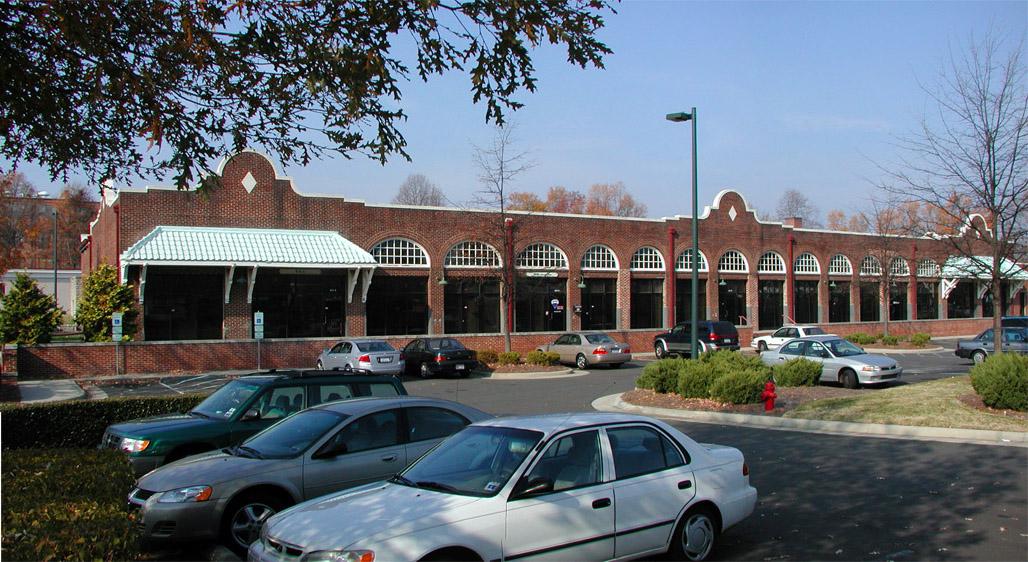
Comments
Submitted by Anonymous (not verified) on Mon, 6/23/2008 - 11:38am
Would have been neat if when the property was renovated that they would have used garage door like windows instead of the predictable ones that are there now. I suppose if someone wanted to do that, it could still happen. Also, it would look a little more industrial if the windows that are there now were painted that steel grey like West Village. This would definitely make the windows stand out a little more. Regardless, it is still an attractive building.
Myers
Submitted by Anonymous (not verified) on Mon, 6/23/2008 - 11:50am
I agree with Myers. The building has lost the feeling of a garage--esp. with the brick wall up front.
Submitted by Lynn (not verified) on Mon, 6/23/2008 - 2:24pm
"...this, to me, is what I remember as the first comer in the still-ongoing wave of downtown renovation in Durham." *musing* This surprises me. I would have thought Brightleaf Square would be on the short-list for possible "first comer" status.
Please don't misconstrue this as a complaint, nor as criticism; it's intended as neither. I was delighted to stumble across this site and have spent HOURS perusing your posts and enjoying comments left by long-time residents. I lived in Durham from 1958-1989. Best regards!
Submitted by Jacob (not verified) on Mon, 6/23/2008 - 2:40pm
What's the (to me, mysterious) tower that stands in the parking lot of this building, across from the DAP? You can see it in the 1963 photograph.
Submitted by Lynn (not verified) on Mon, 6/23/2008 - 2:46pm
Jacob, that's the fire-training tower. I have no idea if it's still standing, but it was where the fire department would teach trainees how to enter/exit smoke-filled buildings. I seem to recall that the trainees would "rescue" dummies (stuffed ones, not local elected officials). AFAIK, they never actually set it on fire. :) Don't know when it was built, but it was there throughout the 60's and 70's, for sure.
Submitted by Jacob (not verified) on Mon, 6/23/2008 - 2:48pm
It's definitely still there: I wonder about it each time I walk to the farmers' market. I had wondered about it being a fire training tower, but had dismissed it because it seemed to have too many windows, and seemed to have more architectural details than I would have expected such a structure to have. Shows what I know!
Submitted by Gary (not verified) on Mon, 6/23/2008 - 4:08pm
Whenever I avoid talking about the elephant in the room, it seems to be the topic of conversation; the fire tower will be tomorrow's topic.
Lynn
I don't consider Brightleaf the first-comer in the current wave. I consider it part of an earlier wave that included the Bullington and the various early-mid 1980s developments such as Durham Center. It seems to me that a development gap ensued after ~1986 or so, punctuated only by public sector projects such as the jail and the ballpark. In my opinion, the 1999-2001 period of West Village and City Place represents a separate wave that is still ongoing.
GK
Submitted by Michael Bacon (not verified) on Mon, 6/23/2008 - 5:52pm
I'm sure Gary will enlighten us tomorrow, but I was under the impression that the tower wasn't originally built for training, but was actually for watching for fires. Before phones, there wasn't a good way to get a message to the fire department that a building was on fire rapidly. So, as I understand it, someone would be stationed at the top of the tower, looking for black smoke.
My guess is that after fire towers became obsolete, it became the training tower.
Submitted by Joey Z (not verified) on Mon, 6/23/2008 - 6:19pm
Great post. One of the tenants of the City Place building was the record label Sugar Hill Records, which recently shut down its Durham office and moved somewhere in TN.
Submitted by Gerald (not verified) on Mon, 6/23/2008 - 7:57pm
I think it's a "hose tower." Fire hoses have to be hung up to dry after they are used. Old fire houses always have a tower attached. (I think newer fire houses have some higher-tech way of drying the hoses.)
Submitted by Anonymous (not verified) on Tue, 6/24/2008 - 4:20pm
Mike,
The tower was built for training originally. The FD never used it as a look out tower. The city had pull boxes (alarm boxes) on the corners of the streets. When you had a fire, you would go to the nearest alarm box and pull the lever (like a pull station in businesses). This sent an electrical signal to station 1 and it would punch a piece of paper on what location it was at. Then the department would respond to that corner or location and you would wait there to show them where you actually lived.
Submitted by Danny (not verified) on Fri, 11/14/2014 - 3:29pm
My father, James Baron "Joe" Morris, was the foreman at the city garage until his death about six weeks prior to the 1963 picture above.
Add new comment
Log in or register to post comments.